The best (and stinkiest) spot to go birding
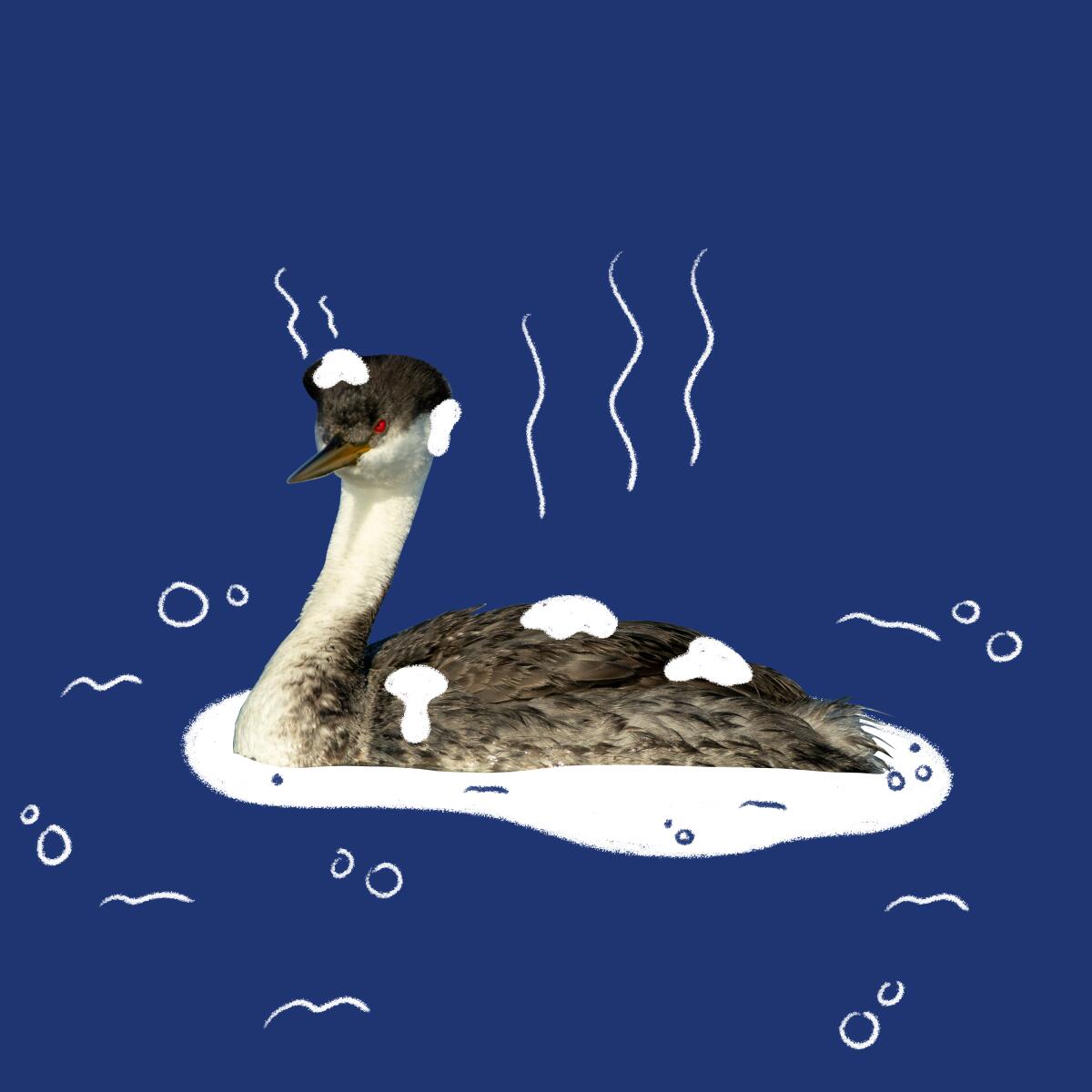
By Mary Forgione
Design and illustrations by Micah Fluellen
Sign up here to get The Wild sent weekly to your inbox.
Welcome readers of The Wild! Traffic on the Pacific Flyway is starting to build right now — with birds, not cars. This winter, about a billion birds will fly from Alaska to Patagonia at the tip of South America in search of food. A key refueling stop: the Salton Sea, an odd landlocked body of water about 165 miles southeast of L.A.
White pelicans, Western grebes and ruddy ducks as well as roadrunners and loggerhead shrikes have been sighted recently, according to an Audubon team that’s counting birds this season. As many as 400 species have been spotted at the 350-square-mile “sea,” but it’s also their large numbers that make this an impressive birding site.
A few things to keep in mind if you go: Expect an icky rotten-egg smell and sticky mud on the shoreline. Water diversion has caused the shoreline to recede 40 to 60 feet each month, according to Audubon. It has caused super-salty water (which affects the creatures the birds feed on) and the dispersion of “lung-damaging dust into the air as it shrinks,” according to this recent L.A. Times story.
And the stinky smell? It’s the rancid odor of hydrogen sulfide coming from the lake. Despite all that, it’s a funky, interesting, controversial place to visit — and a good spot for bird lovers. Audubon offers these tips on viewing places and stories about the fate of the Salton Sea.
3 things to do this week
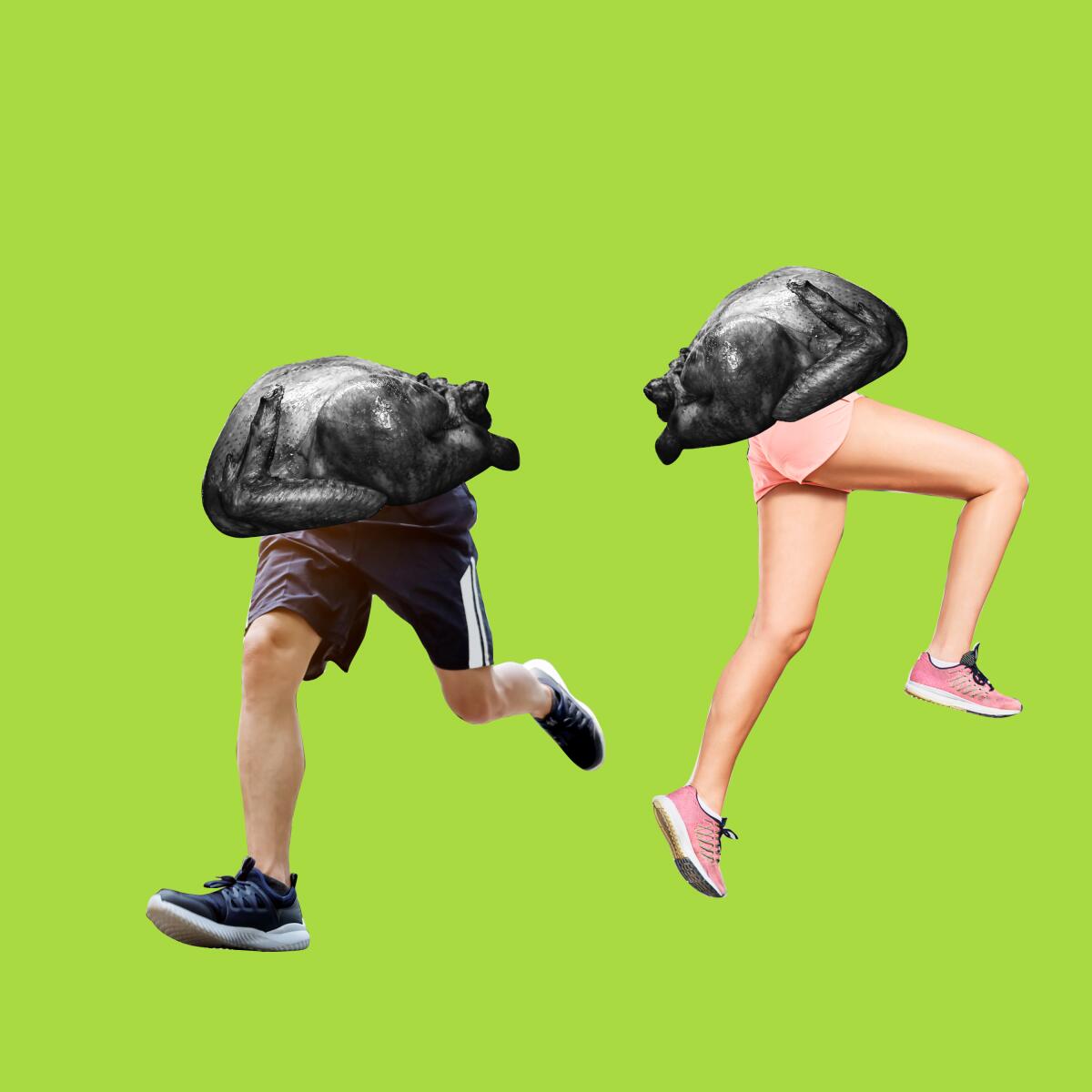
1. Don’t skip your Thanksgiving turkey trot. Local races are happening — virtually. Thanksgiving is hands down the most popular day of the year in the U.S. to run. No need to give that up during the COVID-19 pandemic, even though we can’t gather for traditional turkey trots. Race organizers across the U.S. came up with this fix: Runners can enter a race, map a 5K or 10K course, and run whenever and wherever they like. You’ll still get a T-shirt and a medal; you can record and send in your time for some races. Why pay for a do-it-yourself race? Because most are local and raise money for vital programs and services in their communities. Here are nine in Southern California that raise money for charity.
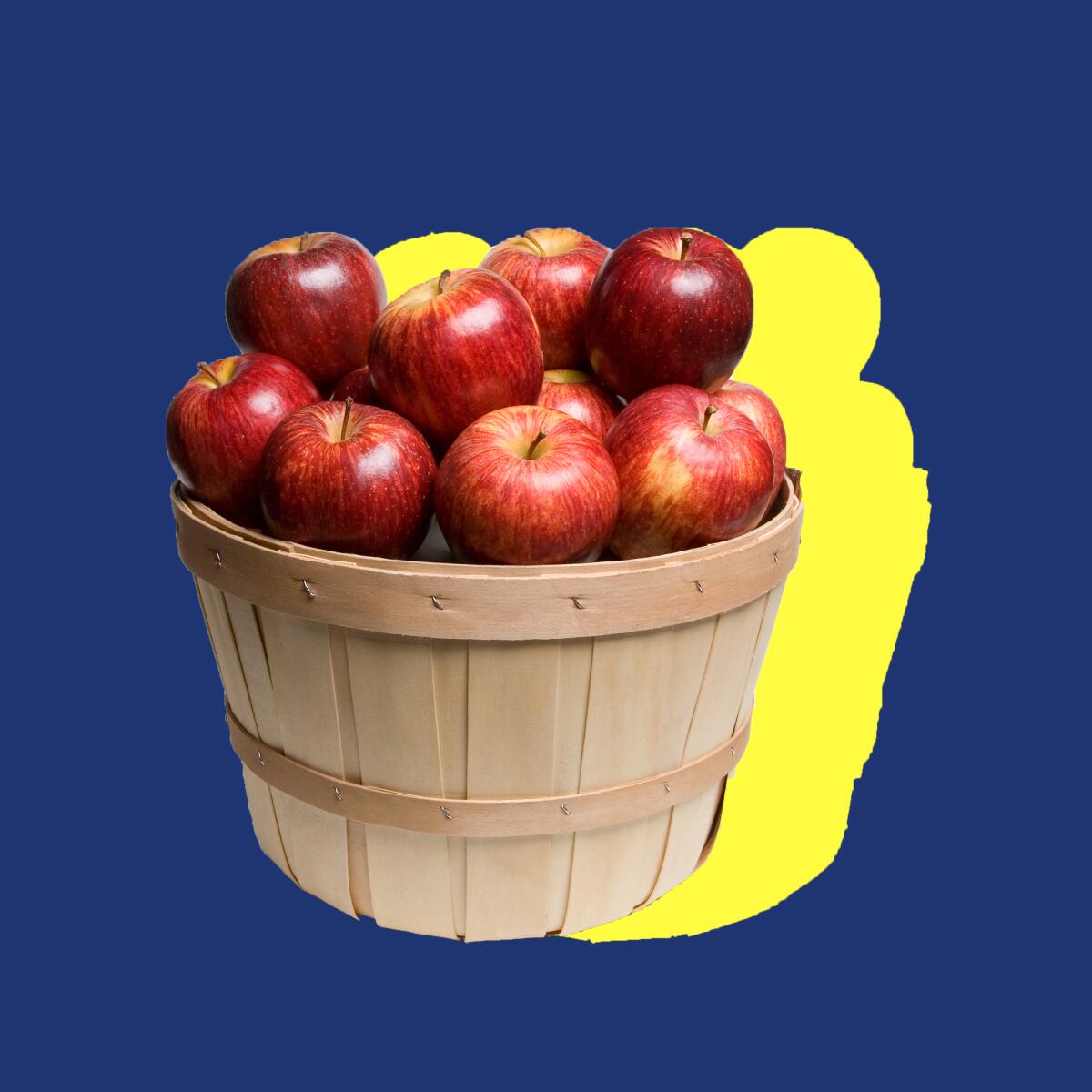
2. What we all need right now: an apple butter festival. Outdoor lovers can discover the mountain town of Oak Glen, about 80 miles east of downtown L.A., where people can pick apples in fall. Stone Soup Farm & Heritage Orchard is hosting a fest this month that’s all about making apple butter. On Nov. 28, check out the final apple butter-making process, which involves a big paddle and a steaming vat. You also can check out corn milling, rope making, cider pressing and other artisan trades. While you’re there, you can visit the Oak Glen Preserve between 8 a.m. and 4:30 p.m. (Check ahead in case weather affects your visit.) Read the full story here.
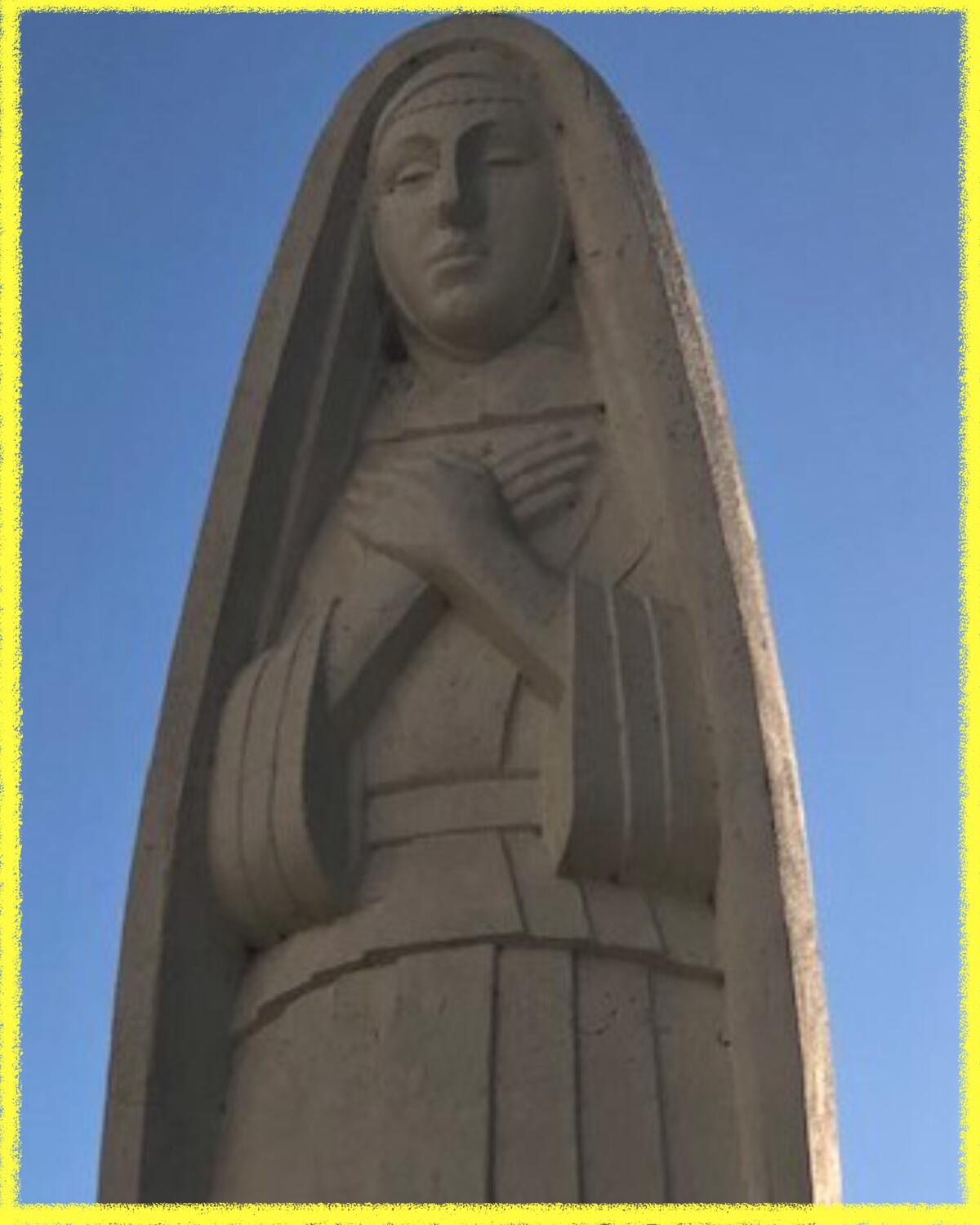
3. Walk Wilshire Boulevard end to end, from DTLA to Santa Monica. Every November, the Angeles Chapter of the Sierra Club leads a walk from 1 Wilshire Blvd. in downtown L.A. to the “Santa Monica” sculpture on the bluffs overlooking the beach in Santa Monica. (Full disclosure: I have led this walk for more than a decade.) This year, the club is challenging people to complete the 16-mile mostly flat route between now and Nov. 29 — and it is offering a certificate for finishing, free of charge. Check out more details here. The Great Los Angeles Walk also encourages folks to thru-hike Wilshire Boulevard on Nov. 21 — in a socially distanced way at the time of your choice. (Details here.) Bottom line: Keep moving, walk with just a few others, bring your mask and enjoy as you pass MacArthur Park, the LaBrea Tar Pits, the Los Angeles County Museum of Art, which is in the midst of transformation and which is temporarily closed due to the pandemic (however, there will be a stop at “Elevated Mass,” which is open), the Berlin Wall panels and more.
The must-read
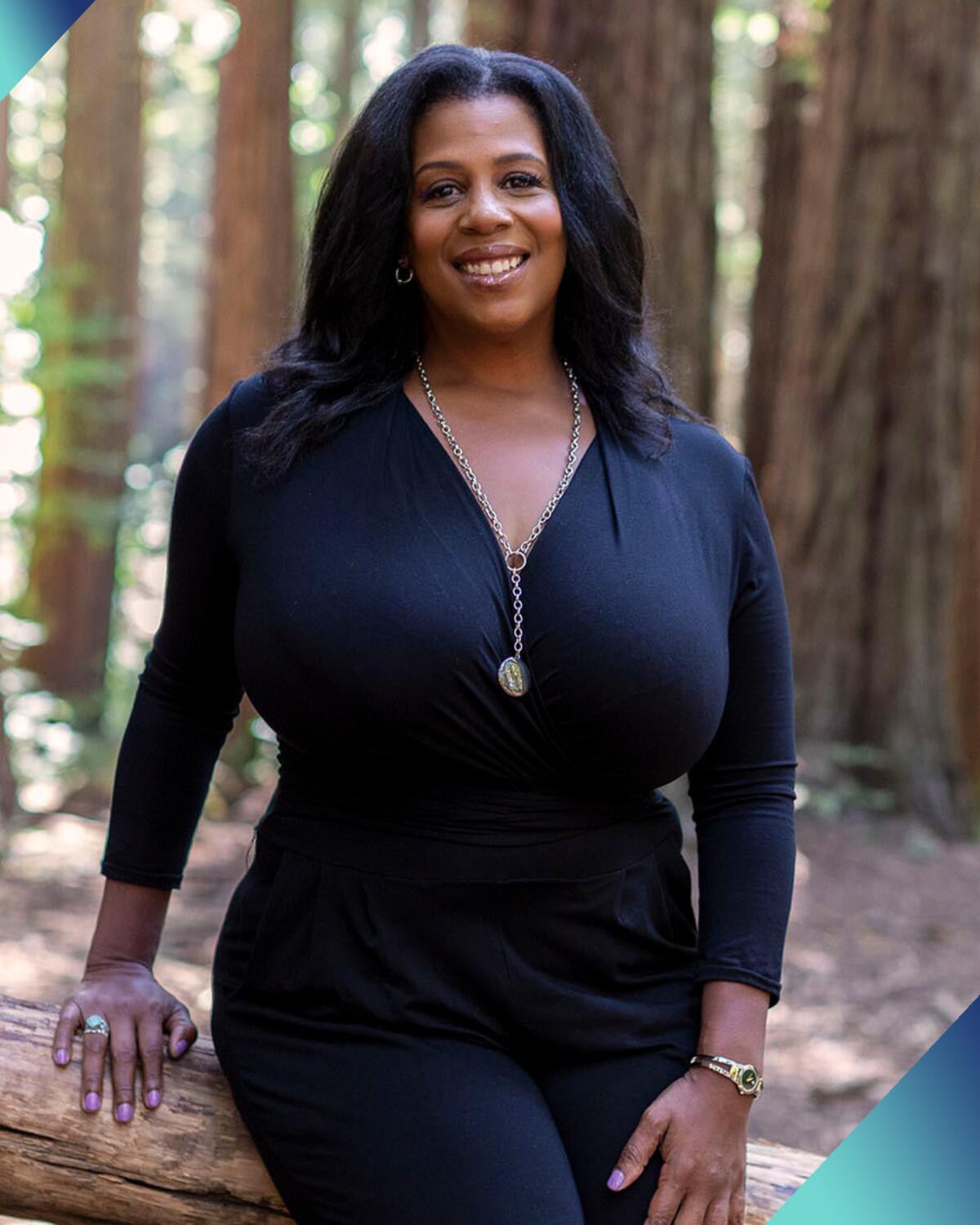
Rue Mapp grew up in Oakland, the daughter of a Black cowboy from Texas who bought a small ranch in Lake County north of Santa Rosa. It was on numerous visits there that Mapp learned to hunt and fish and appreciate nature. Her love and respect for the natural world led to the creation of Outdoor Afro in 2009, first as a blog and then as an organization that has trained scores of leaders, taken thousands on hikes and helped raise the profile of Black people in the outdoors. “We are open to everyone, but we have always been unapologetically focused on Black people in America and being able to be outside anytime, anywhere,” Mapp said. “It’s part of our DNA. I was really thankful that in this racial reckoning era, that Outdoor Afro hasn’t had to change anything it does.” Read the full story from Brian E. Clark.
Wild things
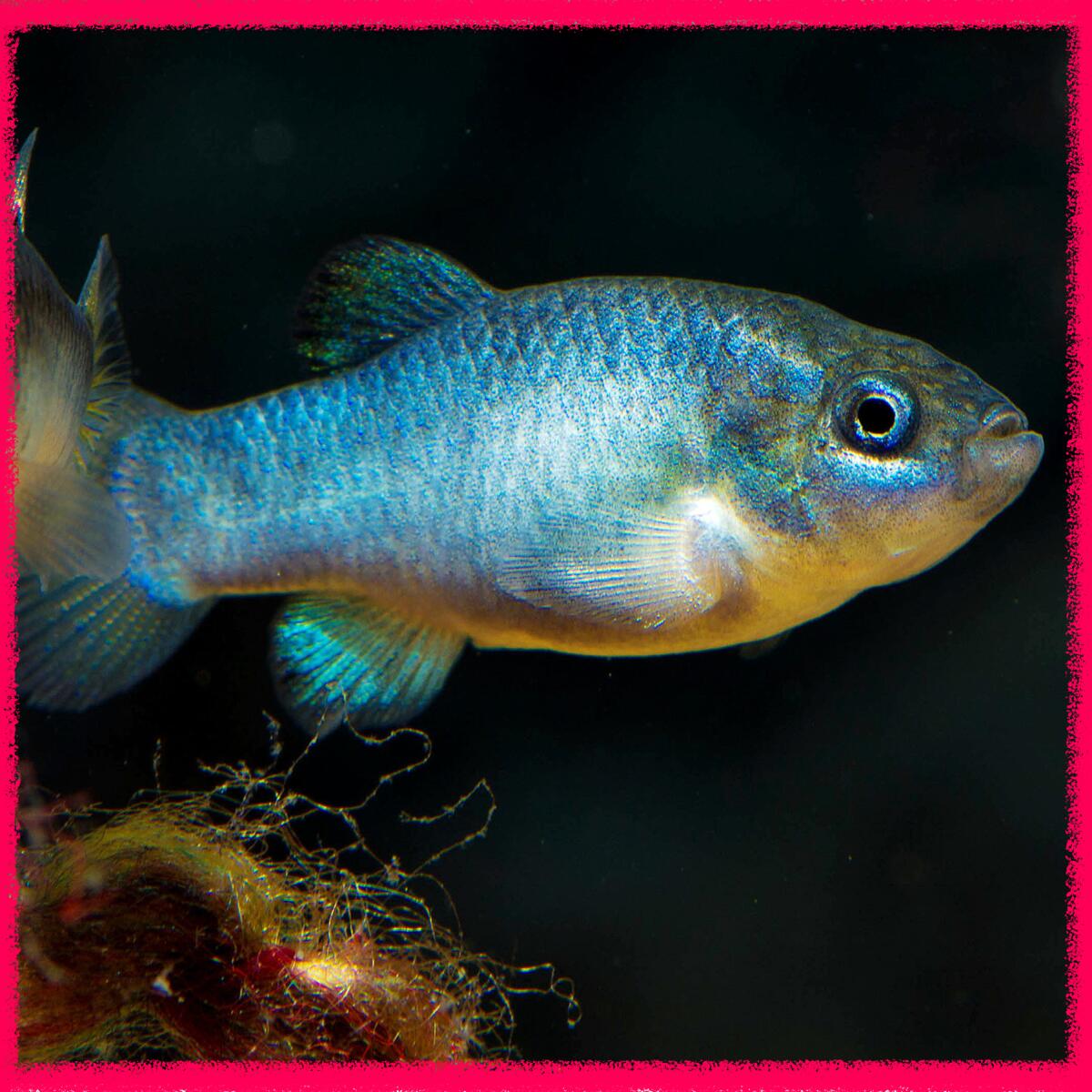
Devils Hole pupfish lead a small life — that just got a little bigger. The inch-long bright blue fish recently received a special tribute: A 4,355-foot mountain in the Devils Hole Hills, a detached unit of Death Valley National Park in Nevada, has been named Pupfish Peak. The peak even has a pupfish-type shape, in a way. Pupfish don’t live on the peak; they swim only “in the top 80 feet of 93-degree waters of a cavern in the middle of the Mojave Desert,” according to the U.S. Fish & Wildlife Service’s website.
Still, Pupfish Peak may raise awareness among hikers and climbers about one of the world’s rarest fish — it’s been on the Endangered Species List since 1967. The peak is about seven miles southeast of where the fish live but requires navigation and climbing skills to reach the top. Last year, scientists counted 170 pupfish, far fewer than the 300 to 550 found in past decades, according to the national park. Learn where to see the fish at the Ash Meadows National Wildlife Refuge’s website.
Cool stuff
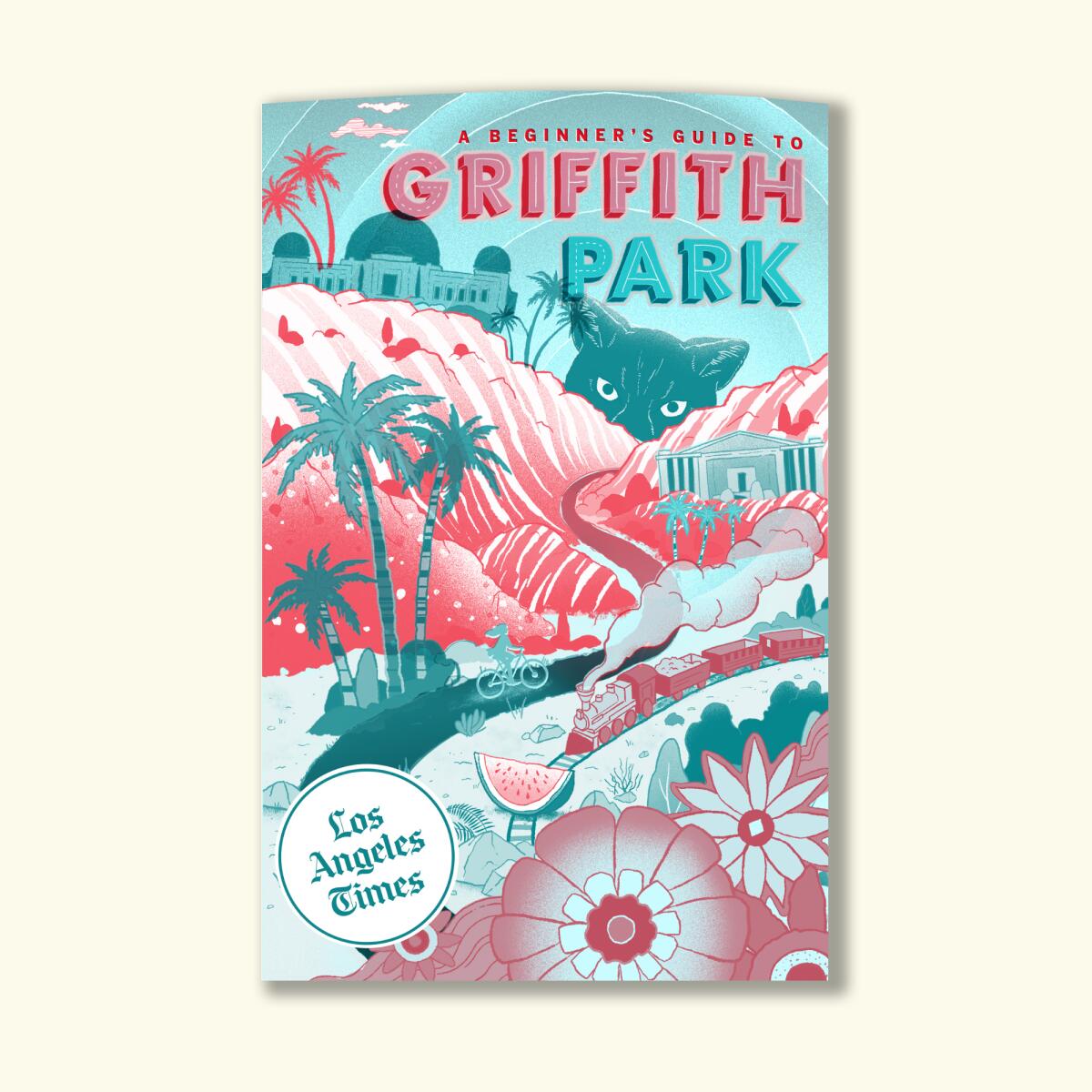
Maybe you missed our mini-guide to Griffith Park. Don’t worry, we’ve pulled together “Everything You Need to Know About Griffith Park” in a handy $10 zine with beautiful graphics and stories about the park that is L.A.’s wild heart. Good to give as a gift or keep for yourself. Speaking of gifts, L.A. Times staff curated a wide array of holiday must-haves in the L.A. Times Holiday Gift Guide, including 22 gifts for people who love the outdoors. National park candles, Wild Sam guides and sessions with a thru-hiking coach are on the list. Happy shopping!
Insider tip
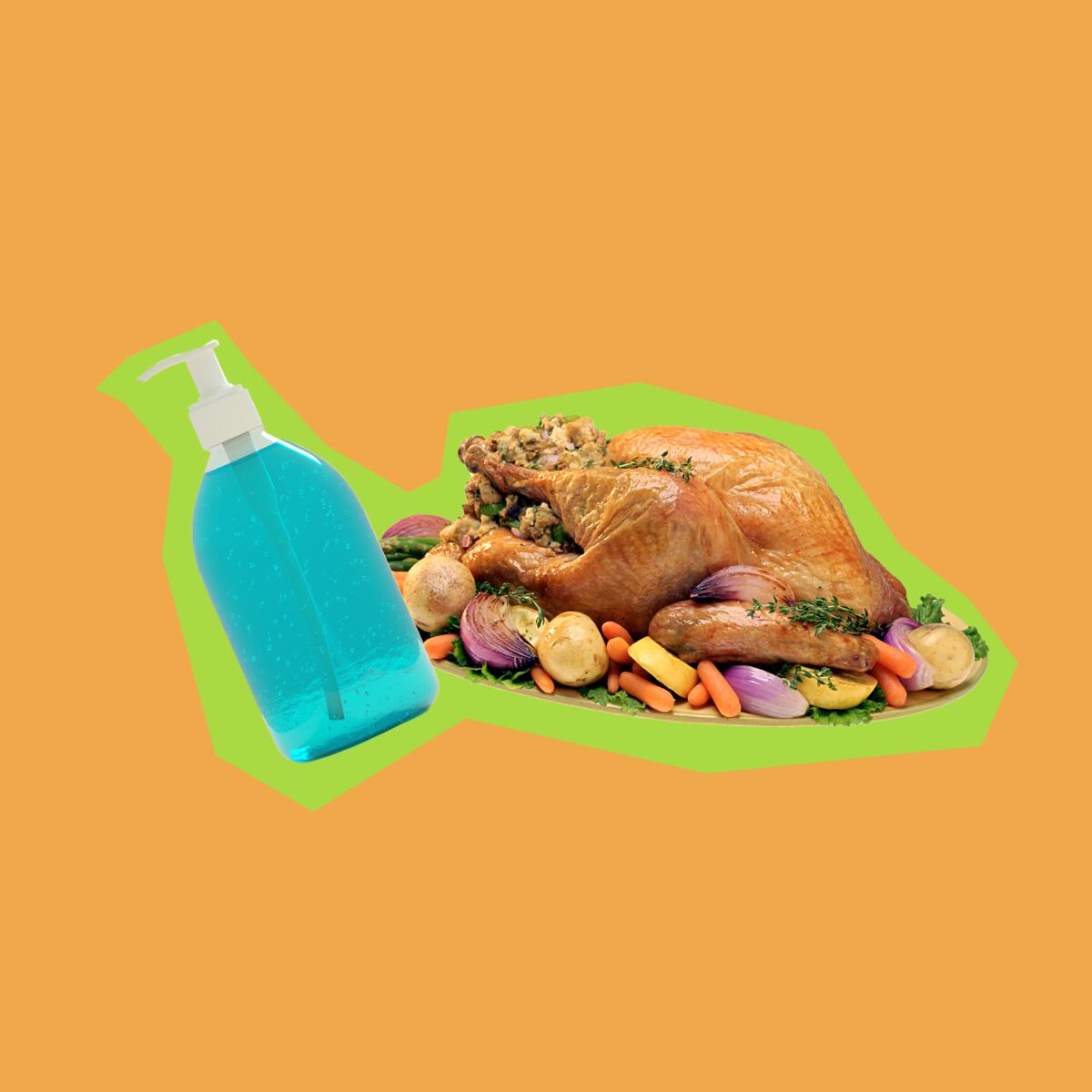
I can’t sign off without weighing in on the upcoming Thanksgiving holiday. I recently spoke about the pandemic with Lucy Jones, former U.S. Geological Survey risk reduction expert and Southern California’s decades-long earthquake explainer in chief. She told me that we’re not wired to languish in uncertainty for long periods of time; it makes us anxious. Her advice? “Take ownership of your own issues,” Jones said. By that, she means take control of the pandemic by figuring out your low-risk activities and sticking to them.
One place to start: The COVID-19 Risk Assessment Planning Tool. It calculates your personal risk based on the size of a gathering and the location. For example, if you choose to gather with 25 people in Los Angeles (prohibited under new L.A. County rules), there’s a 25% chance that at least one person is COVID-19 positive. Add risk factors such as being older, having pre-existing health problems, etc., and you can pretty much figure out what things you should do to stay safe (just stay home, experts say).
Back to Thanksgiving. The Centers for Disease Control and Prevention’s advice about turkey day suggests that being outdoors is a good idea. L.A. County says three households, a maximum of 15 people, may gather outside. But you still have to follow rules. Sitting outdoors without wearing masks? Not good. Eating with people who aren’t in your household? Ditto. “I don’t see any safe way of eating with people outside my pod,” Jones said. If you decide to gather outdoors, whether in your backyard or at a local park, stay 6 feet apart and wear masks. Better to share a pre-meal walk or hike than a dinner table. “Don’t let up now,” Jones said. “The vaccine is around the corner. We’re almost out of this.”
Send us your thoughts
Share anything that’s on your mind. The Wild is written for you and delivered to your inbox for free. Drop us a line at TheWild@latimes.com.
Click here to view the web version of this newsletter and share with others. I’m Mary Forgione and I write The Wild. I’ve been exploring trails and open spaces in Southern California for four decades.

Sign up for The Wild
We’ll help you find the best places to hike, bike and run, as well as the perfect silent spots for meditation and yoga.
You may occasionally receive promotional content from the Los Angeles Times.




